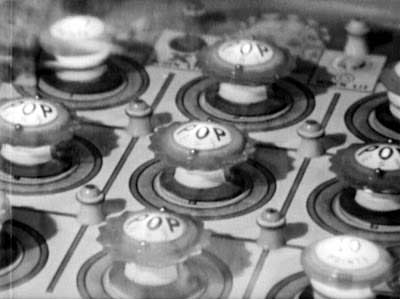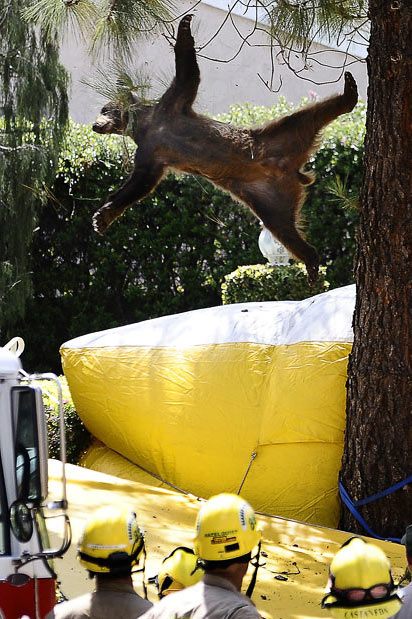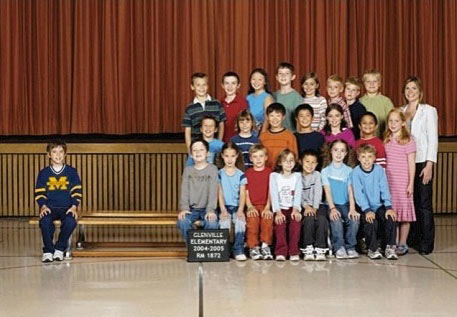For his daughters, for his sister, for his old cronies in Stratford

The universal nature of human facial preferences suggests the possibility that such preferences are adaptations to the problem of mate choice. Sexual selection will have favored preferences for facial traits which are associated with reproductive success. (…)
One way facial traits may signal mate quality is by indicating the health of the individual displaying them. Healthy individuals confer a reduced risk of infection as well as the possibility of heritable immunity for their suitors’ offspring. Preferences for facial traits that are linked with health are therefore expected to be present.
One facial cue used in the judgment of a woman’s attractiveness is facial femininity. While facial proportions diverge between the sexes in particular ways, within each sex, the extent to which an individual typifies the prototypical face structure of his or her sex varies. Given that women have smaller jaws, lighter brow-ridges, higher cheekbones and larger foreheads than men , facial femininity represents the degree to which such traits are exaggerated in a woman’s face. (…)
The present study sought to address the relationship between female facial femininity, attractiveness and perceived/actual health. It was assumed that for femininity to signal health, it must be perceived as healthy and consequently be rated as attractive. Actual health was assessed by multiple self-reports detailing the number of colds, stomach illnesses and frequency of antibiotic use across a number of time periods, including some more recent and therefore less susceptible to error than previous studies employing such a measure. Based on previous results, we would predict that the rated femininity, healthiness and attractiveness of the faces would negatively correlate with self-reported ill-health in shorter-term time periods, as well as over the preceding three years. (…)
This study supports the finding that facial femininity and attractiveness may indicate women’s health history, which partially supports (although without confirmation of such relationships in future health, does not confirm) the hypothesis that female facial structure is a direct indicator of health functioning.
photo { Ed van der Elsken }






















